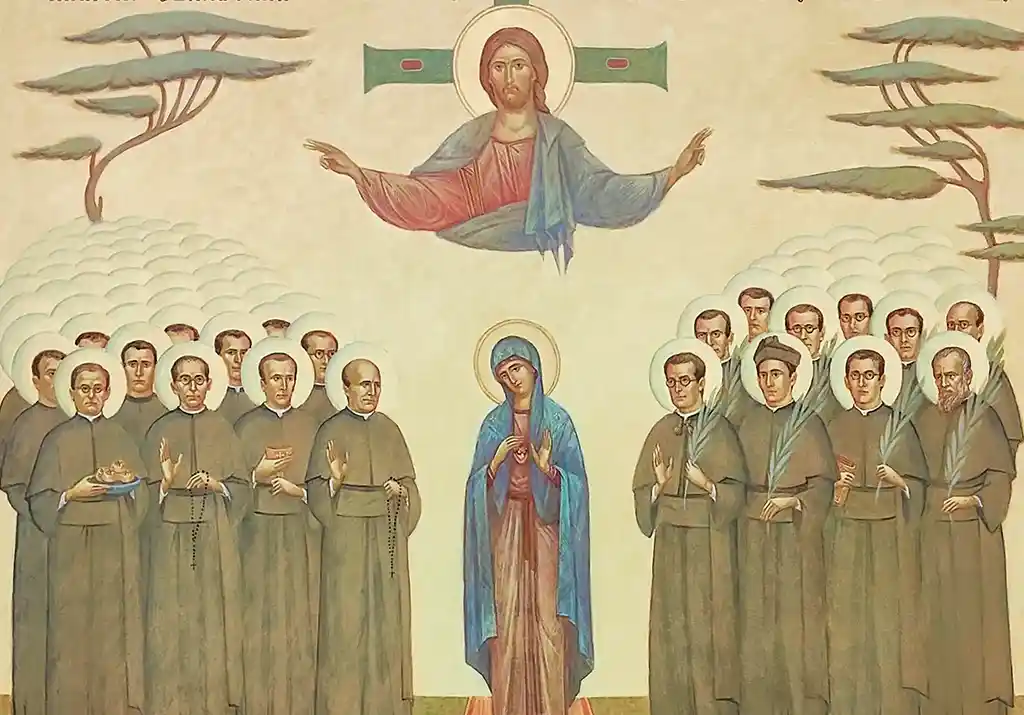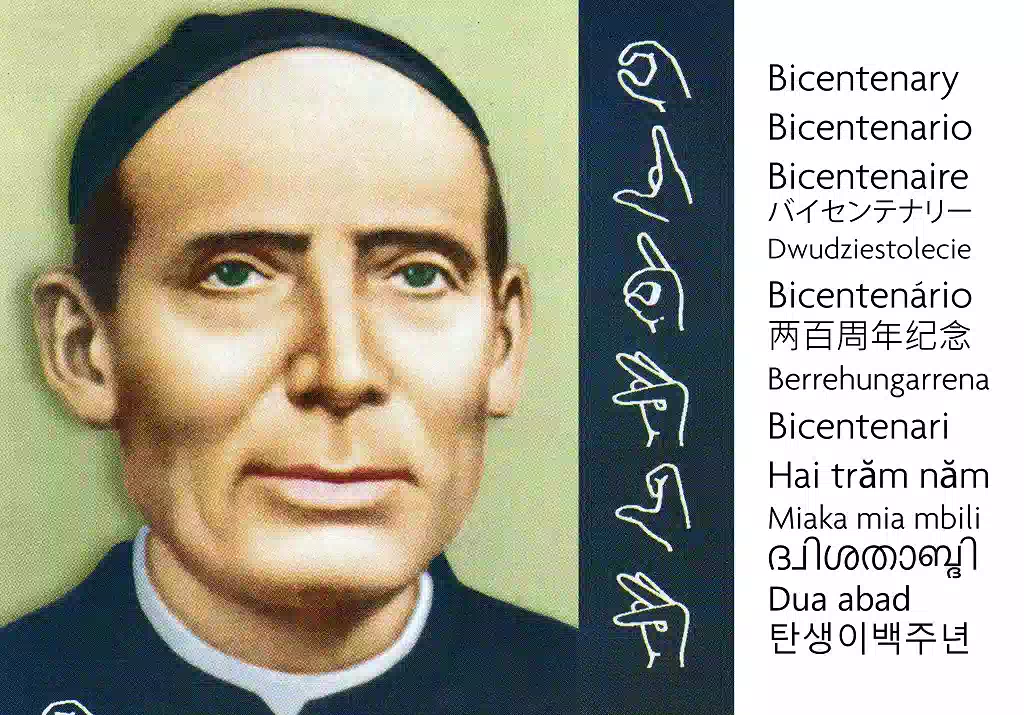From November 1868 to October 1879, our Congregation found a safe haven in southern France to pass the revolutionary storm that was blowing in Spain. For a decade, the Congregation that seemed to dissolve between expulsions, anticlerical threats, dispersion and discouragement, became concentrated in a single community and had the opportunity to revitalize the fundamentals of its missionary identity, spirituality, study and fraternity, to launch itself, thus, with new courage, by universal mission routes. The so-called September Revolution, just as it took baffling paths in the political life of Spain during a sexennium, caused the dispersion of the 60s. Among Claretian missionaries who were distributed in six communities then, only of Huesca resisted the storm; the other communities had to be evicted and the missionaries had to take refuge wherever they could. On October 30, 1868, Fr. José Xifré, Superior General, who was threatened with death and was hiding in some families in different villages around Vic, secretly gathered the members of the General Government to take a decision. Encouraged by the letters received from the Founder from his exile in Pau (France), they tried to overcome the hardships and decided to find a safe place in one of dioceses of southern France.
On November 4, we find Fr. Xifré in Perpignan looking for a house to gather his missionaries. The difficulties overlapped each other. The costs of renting an appropriate house for so many people exceeded the possibilities of a Congregation which found itself plunged in total poverty. However, on May 20, rented a small house to form a temporary community that would take care to find another one that would meet everyone’s needs. The opportunity knocked itself in a house located in the nearby town of Prades.
On January 26, 1868, Frs. Jaime Clotet and Clemente Serrat had already moved to Prades. Lodged in the diocesan seminary, they took care of setting up the house to welcome the missionaries dispersed in Spanish territory. On February 17, the first to arrive was Fr. Pablo Vallier with a group of students and novices; then the rest of the missionaries arrived who, before the call of Fr. Xifré, had crossed the Pyrenees to join their much longed for community life. On March 16, the rest of the members of the General Government that had remained in the house of Perpignan moved to that of Prades, which was now constituted as the centre and the heart of the Congregation. This community consisted of the General Government, the novitiate, the scholasticate and; apart from the community of Huesca, it was the only formal community of the Congregation. The possibilities of apostolate in the pastorally well-attended diocese of Perpignan were not many, so the missionaries had the opportunity to dedicate themselves to prayer and study. PP. Vallier, Font and Serrat were responsible for the formation of the many candidates who came to follow Jesus in the missionary style of Fr. Claret. Fr. Bernardo Sala, brother of the late Fr. Esteban Sala, was one of the pillars as a theology professor for our young missionaries.
From this community, the missionaries crossed the Pyrenees to open new possibilities for mission in Spain (Fr. Gavín founded a community in Barbastro, in midst of complete revolutionary upheaval) and crossed the Mediterranean to found the first community outside Europe, in Algiers. Finally, they crossed the Atlantic to reach the “Young Vineyard”, of which Claret had said that he would have gone flying immediately if it were not for ill health of old age. The house of Prades became the centre and the heart of a truly missionary congregation. Revolutionary difficulties prevented preaching in Spain, but opened the doors for the universalization of the mission.
The house at Prades became too small for so many young people who came to join the missionary Congregation. So it was urgent to look for a new building with future plans. Providentially, Fr. Clotet during one of his visits to the Founder’s tomb at Fontfroide, received the offer to occupy an old building located in Thuir, which had been a Franciscan monastery until they were expelled during the French Revolution. On May 8, 1871, Fr. Clotet along with some other missionaries moved to Thuir to repair the damaged building. On June 29, the rest of the missionaries left the house at Prades to concentrate on the community at Thuir, the new centre and heart of the Congregation. From this house, from 1875 onwards, it was possible to recover some of the houses lost in Spain during the Revolution and, at the same time, make new foundations, including one of postulancy and bringing back the novitiate to Vic. On October 30, 1879, the missionaries and students had to leave the house abruptly because of the anticlerical persecution of the new French regime. The scholasticate was moved to the house of Gracia, in Barcelona. Thus came to an end this exciting chapter of our history in French exile.









